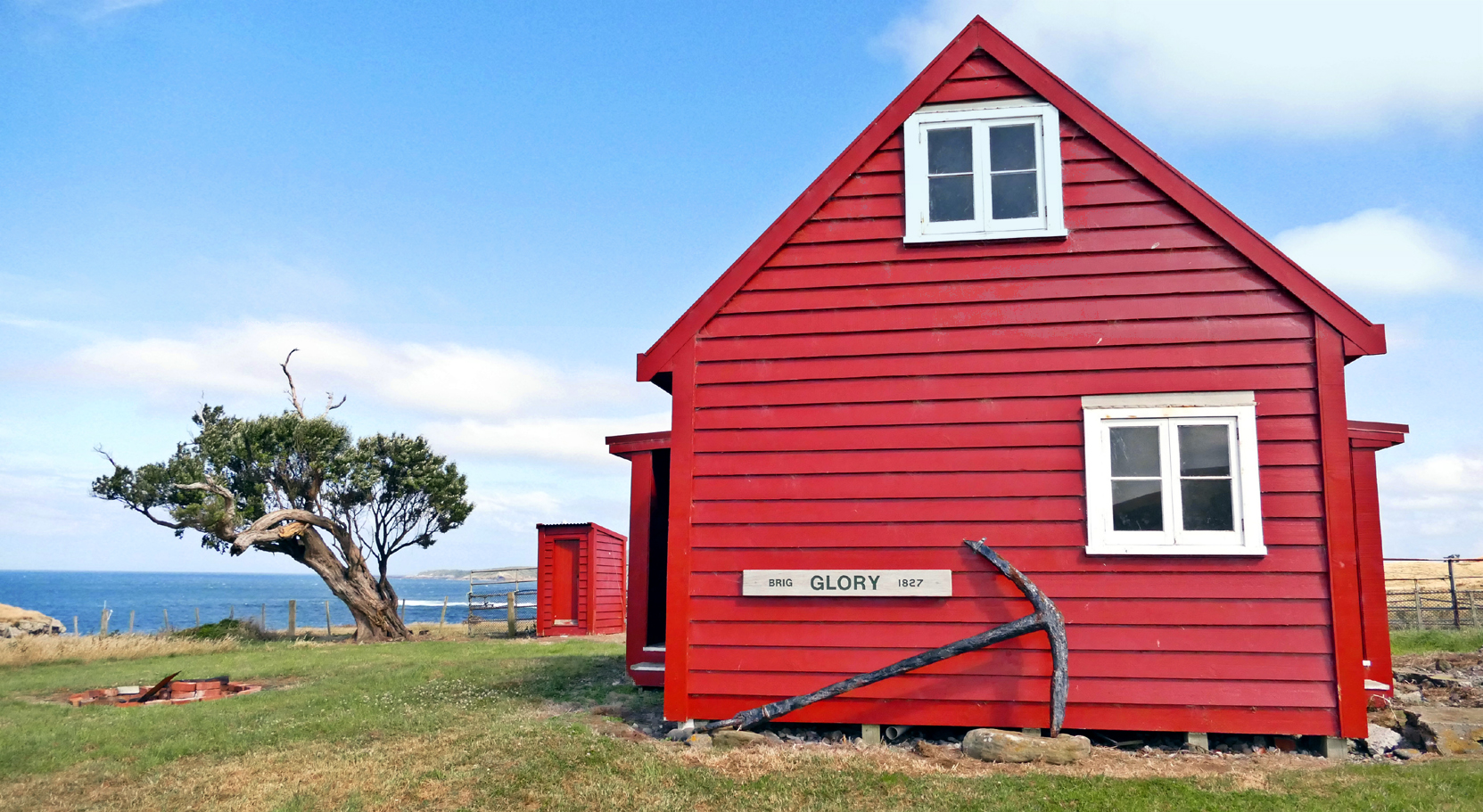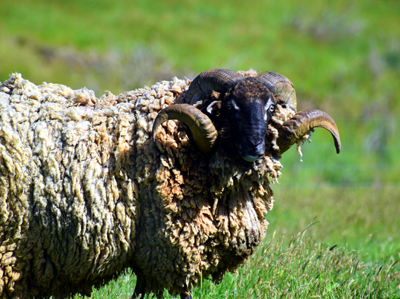Pitt Island
Pitt Island is acknowledged as one of the jewels in the Chatham Islands’ crown.

The ancient volcanic tabletop of Mt Hakepa is recognised as the first inhabited place in the world to welcome the new day. Visitors are drawn to enjoy the 360° views of Pitt and the surrounding islands and take photos of the bronze sculptures that recognise this special place.
Pitt Island is also renowned for its spectacular scenery and natural environment. The topography ranges from rolling to steep fertile farmland in places to wild, rugged coastlines and bush clad valleys in others. This, together with its isolation over the centuries has ensured bird life, botany, geology, fishing, diving, pig and wild sheep hunting experiences are a drawcard.
Within the bush reserves, tui, tomtit, red-crowned parakeets, warblers and fantails are more readily seen than on Chatham Island and the predator free outer islands of Rangatira (South East Island and Mangere) are home to other rare and endemic birds.
Historic attractions include the oldest timber building on the Chathams, the Glory Cottage located at Glory Bay. Here the earliest shipwreck, the Brig Glory, happened in 1827. New Zealand’s most remote Church, Our Lady of the Antipodes, is located at Flowerpot.
Access to Pitt Island is by boat or plane for day tours or a longer stay. The only accommodation on Pitt Island is Flowerpot Bay Lodge which stands on the site of the original Hunt Homestead. Frederick and Mary Hunt settled here in 1843. The majority of the current Pitt Island inhabitants are descendants of the Hunts, which provides the basis for many stories and yarns of the early pioneers.
Visiting Pitt Island is by guided access only so all trips must be prearranged.
Highlights include:
- Pitt Island Tours

- Hunting
- Fishing
- Glory cottage
- Flowerpot Jail
- Hunt’s Cave
- Mount Hakepa & Statues






